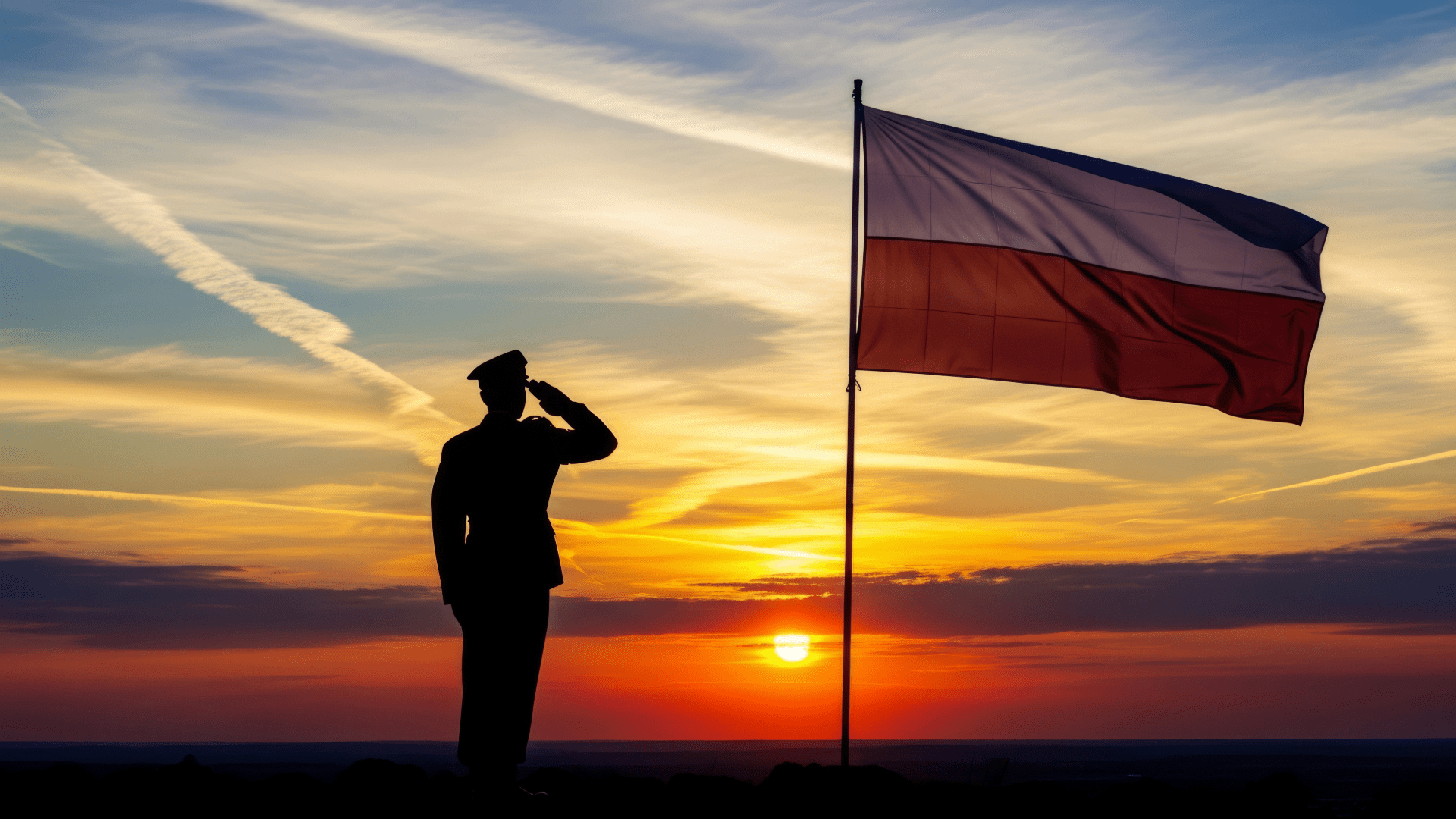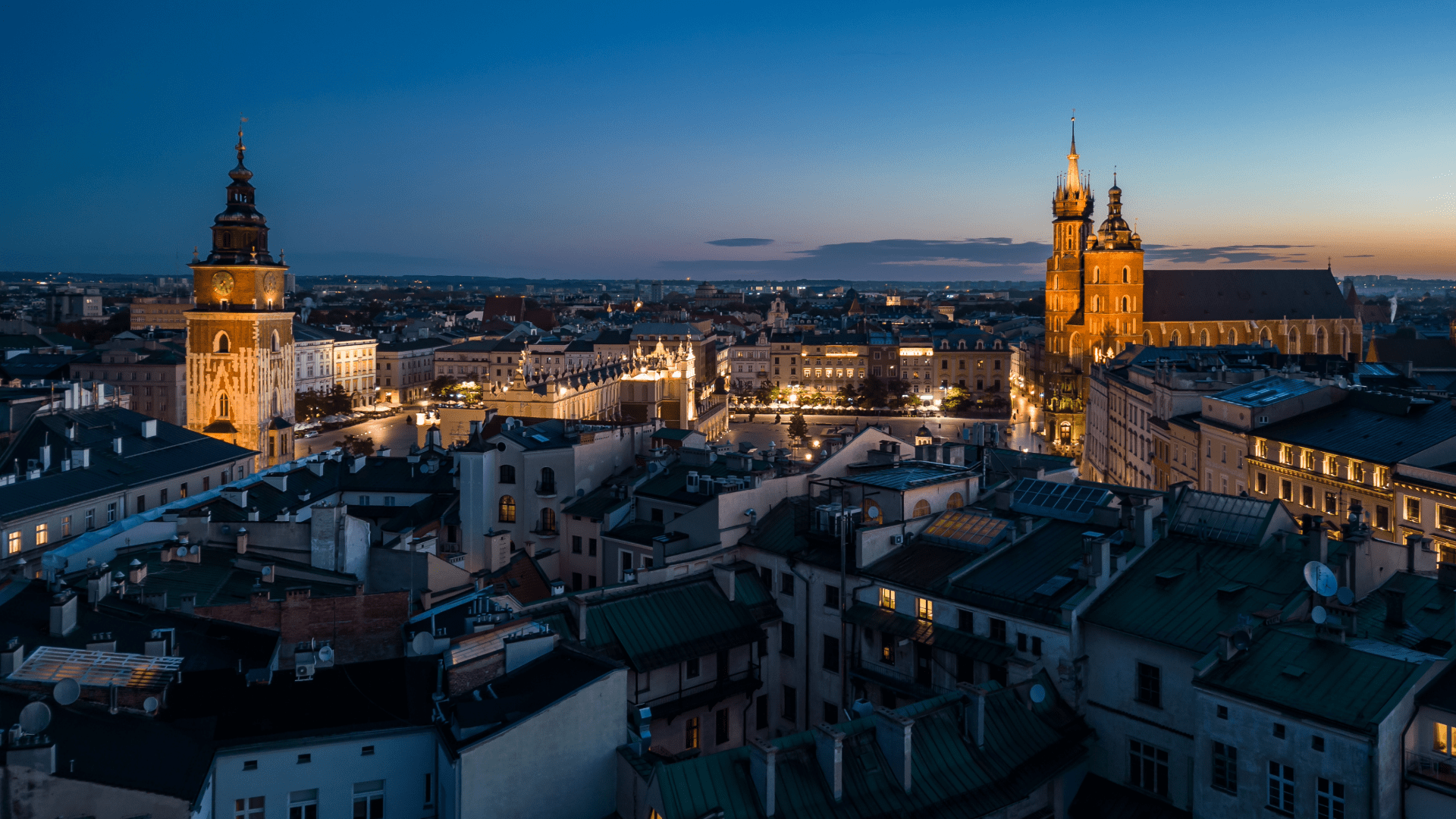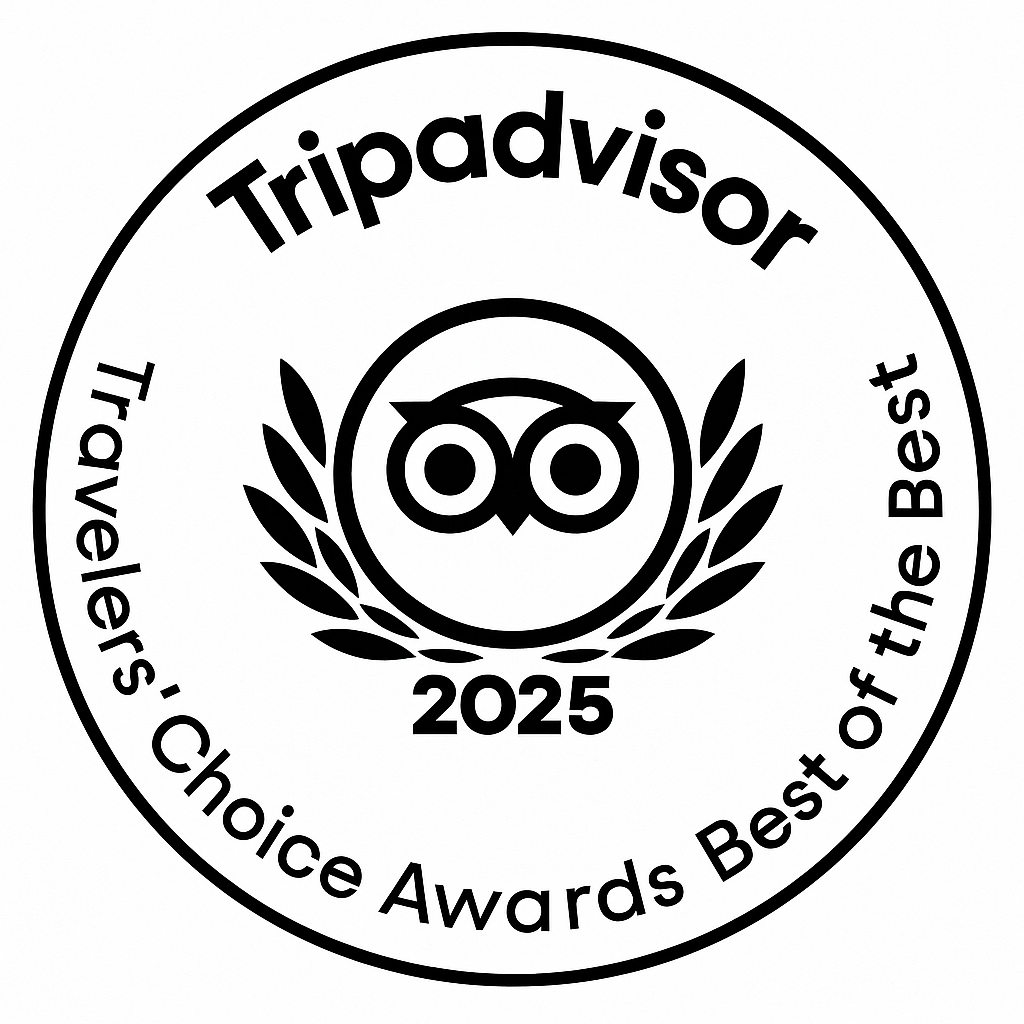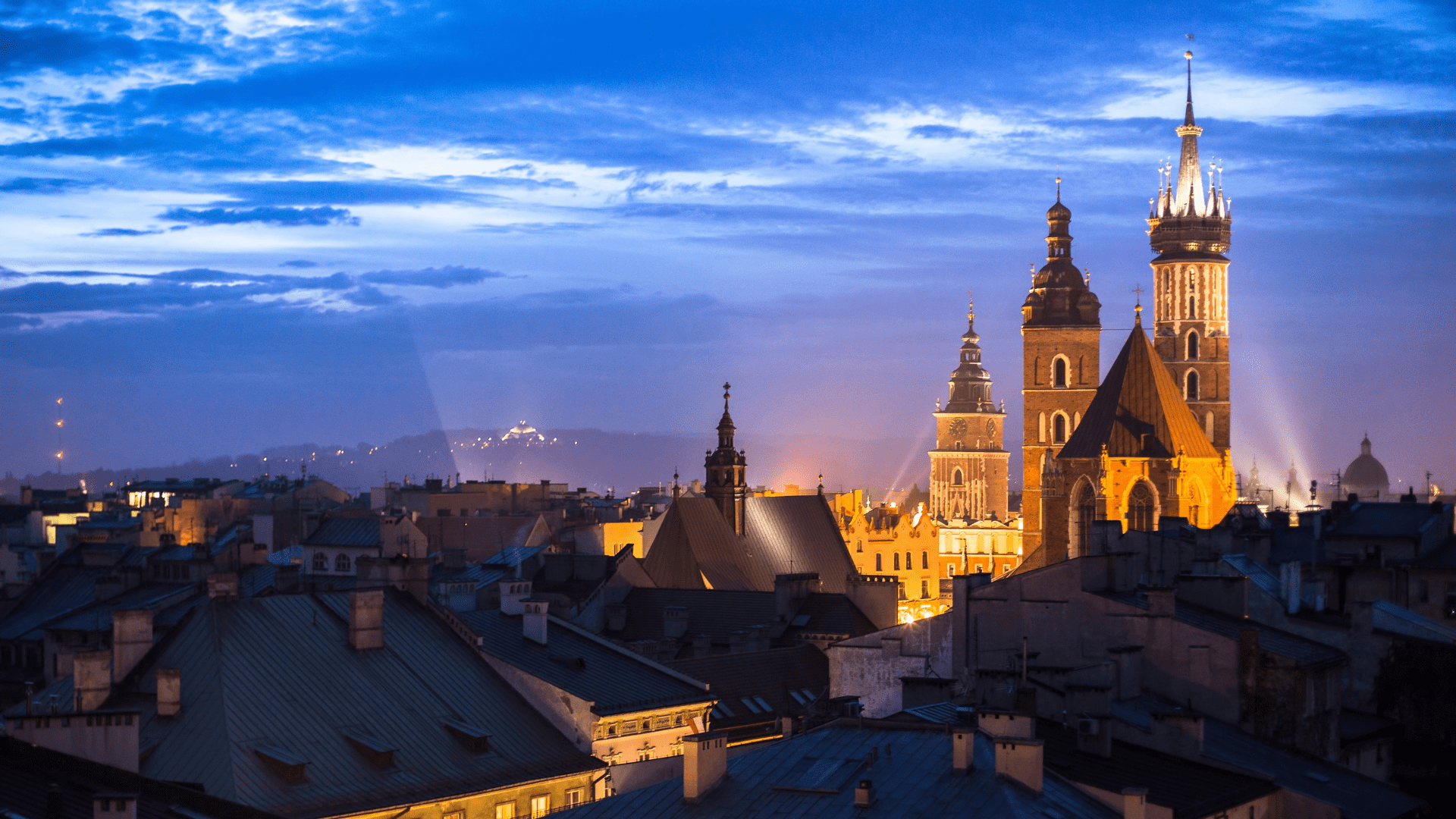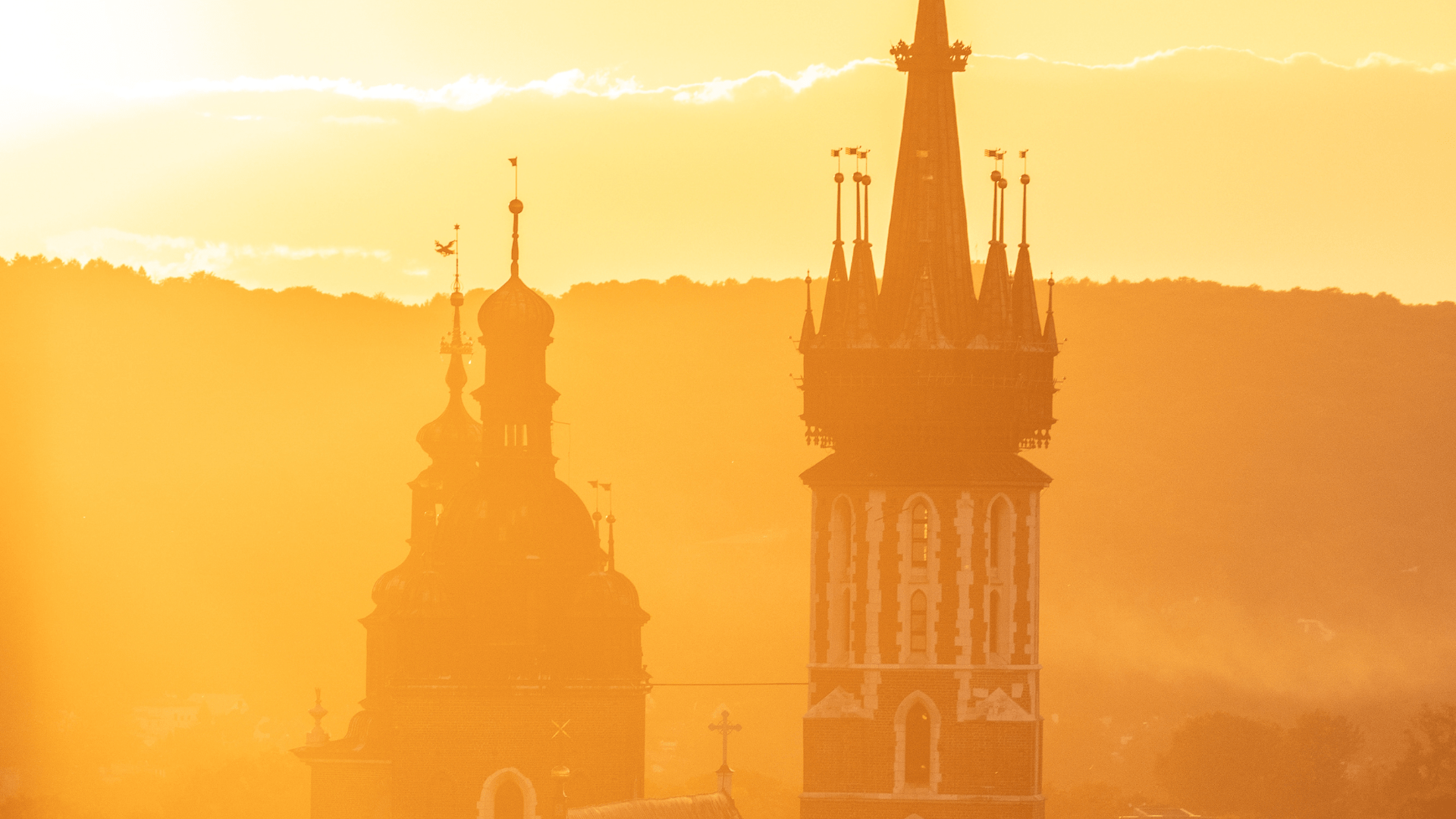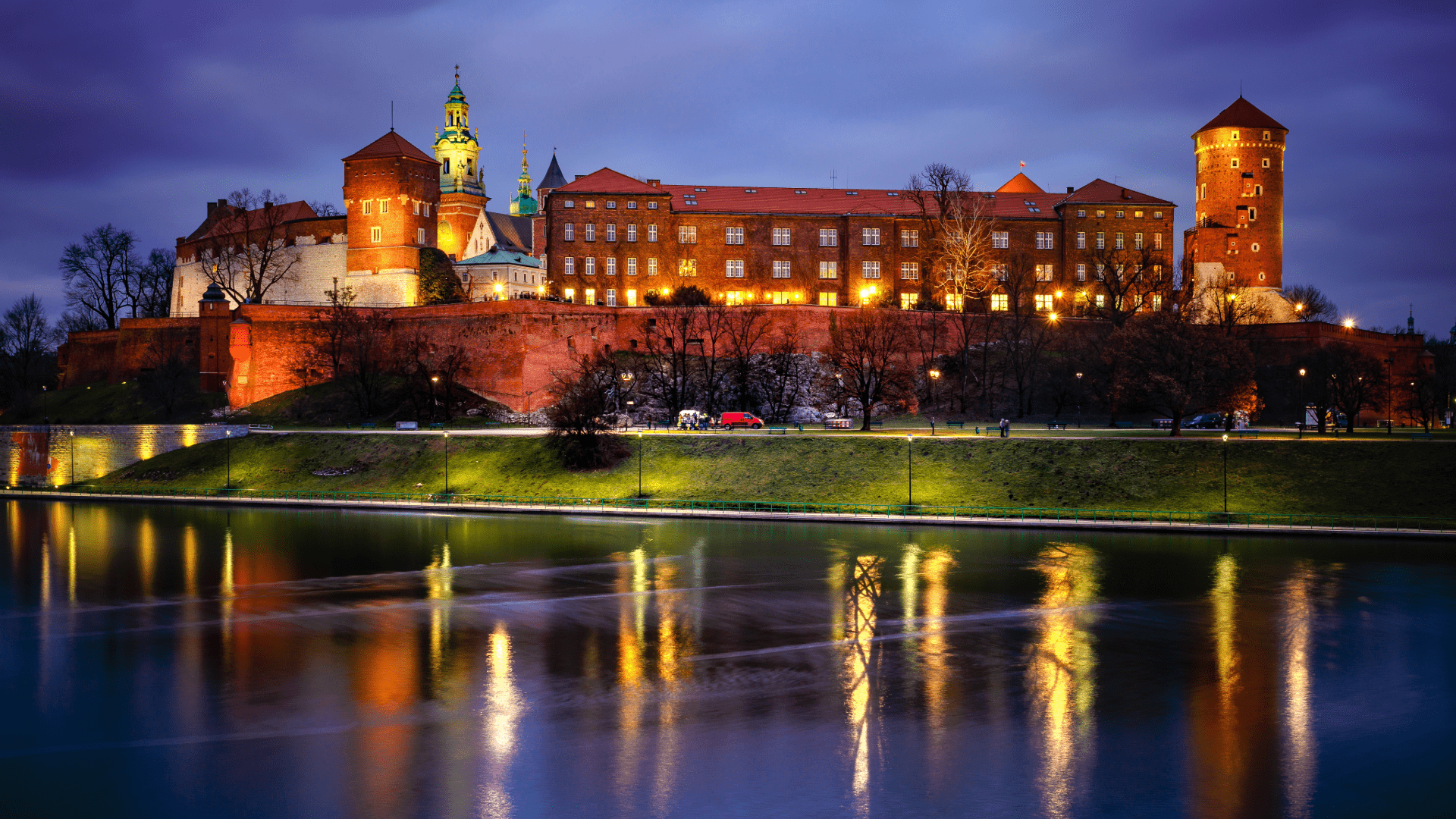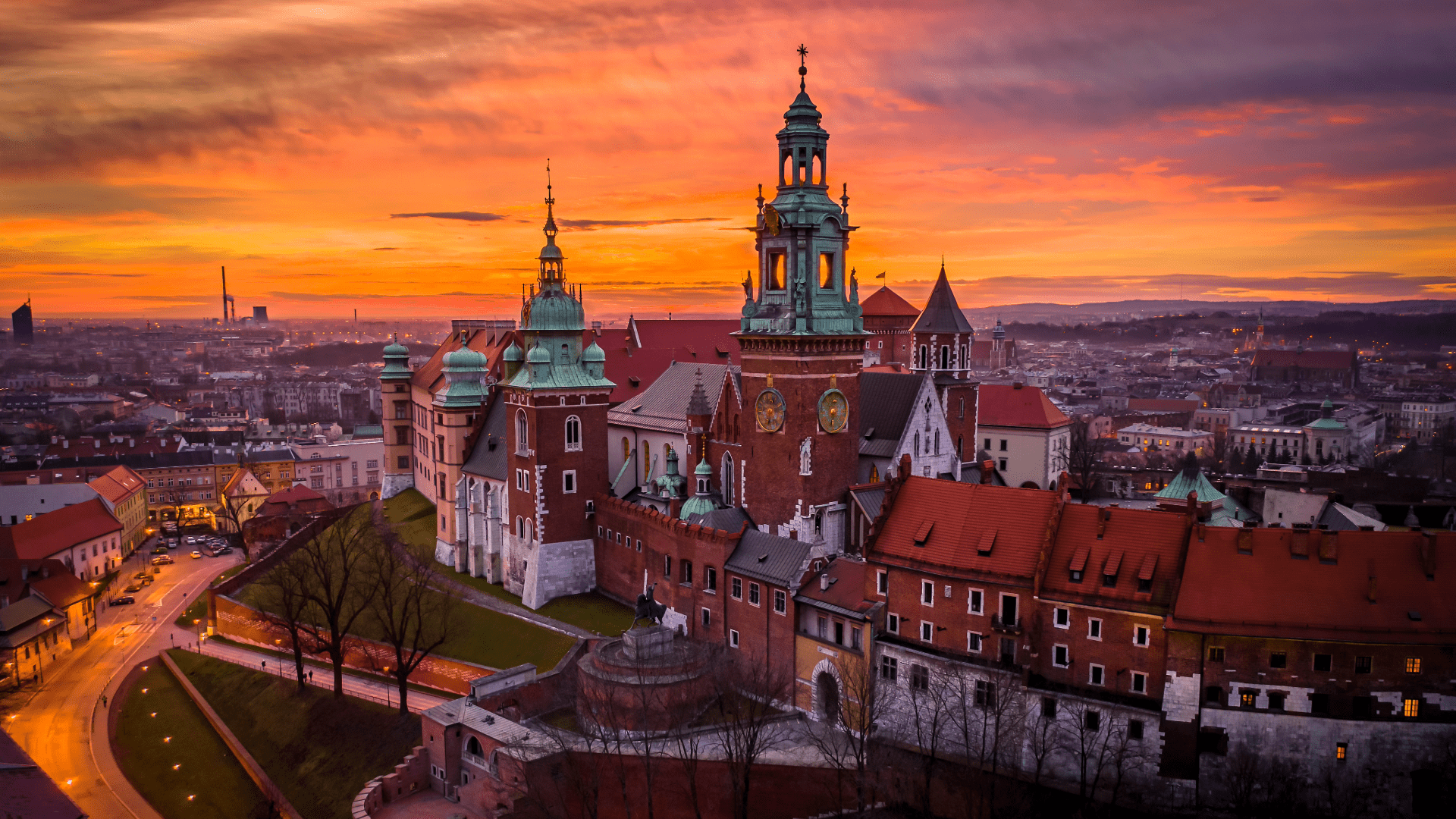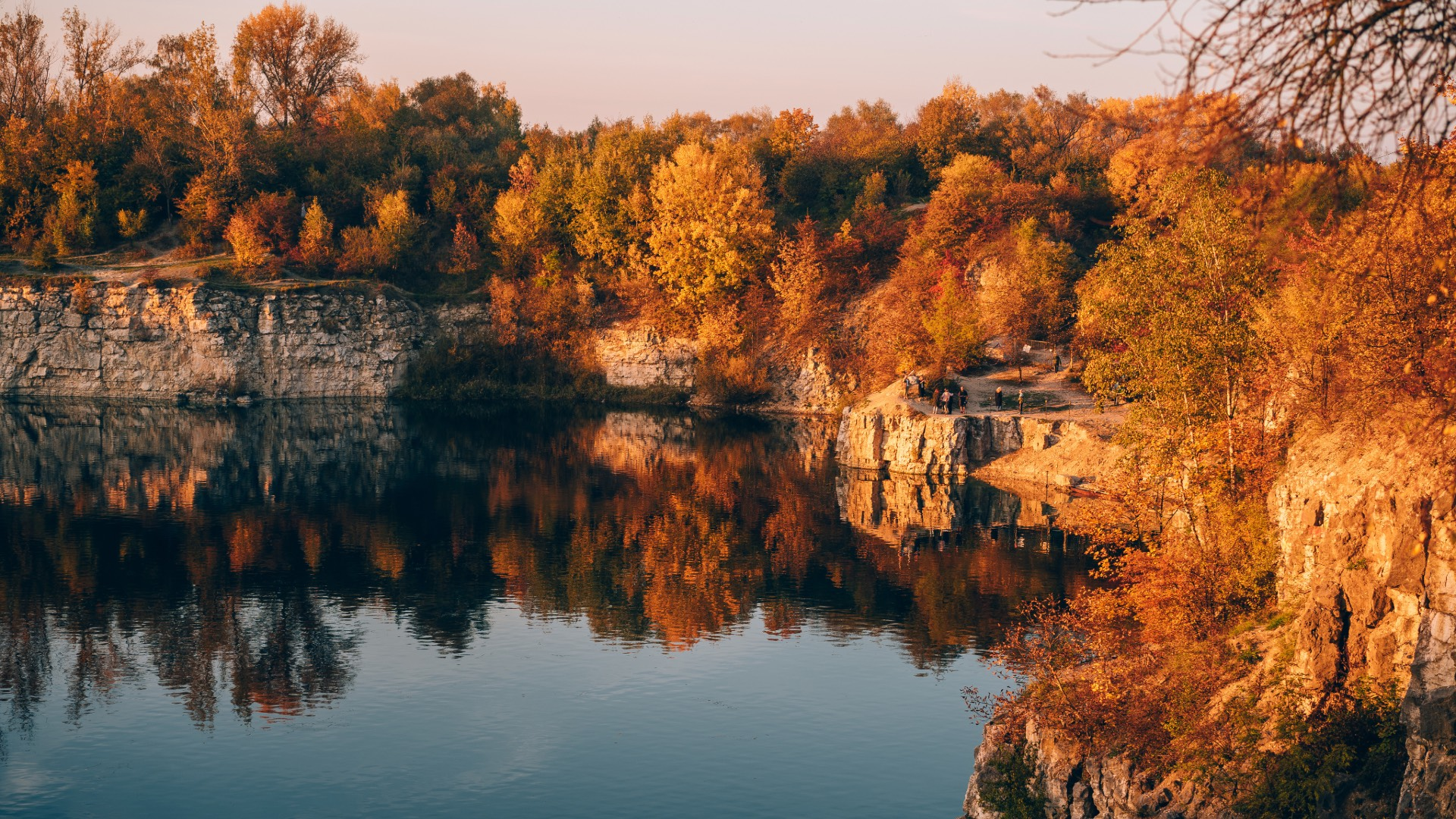The Modern Polish Kitchen: A Renaissance of Tradition
Polish cuisine has long evoked images of hearty, rustic comfort food. But in the last decade, a quiet revolution has been unfolding across the country, transforming the culinary landscape. This is the era of modern Polish cuisine. It's a bold and creative movement that blends centuries-old traditions with global influences, captivating palates at home and abroad.
At the heart of this gastronomic rebirth is Kraków, a city that is not only a monument to history but also a vibrant laboratory for culinary innovation. Here, a new generation of chefs, artisans, and food producers is redefining what it means to eat Polish. They're not just cooking, but telling a story-one of resilience, cultural synthesis, and a profound respect for the land.

From royal courts to Italian influence
To truly appreciate modern Polish cuisine, one must first understand its rich and complex history. Polish food is not a single, unchanging entity, but a vibrant tapestry woven from centuries of cultural exchange, shifting borders, and periods of both great prosperity and profound scarcity. Its roots stretch back to the Middle Ages, with a reliance on staples like wild game, wheat, beer, and honey. The first significant infusion of influences from international cuisine arrived in the 16th century with Queen Bona Sforza, an Italian aristocrat who married King Zygmunt I. Her culinary influence was revolutionary. She introduced a wealth of vegetables to the royal court, including cauliflower, broccoli, carrots, and spinach, which were previously unknown in Poland. So enduring is her legacy that to this day, Poles refer to a common soup base of mixed root vegetables as "włoszczyzna"-literally, "Italian stuff".
Over the centuries, other cultures left their indelible mark. The 700-year shared history with Poland's Jewish community, particularly vibrant in cities like Krakow, led to a beautiful culinary synthesis. Many dishes now considered cornerstones of Polish culinary traditions, such as gołąbki (cabbage rolls) and potato pancakes, have deep Ashkenazi Jewish roots.
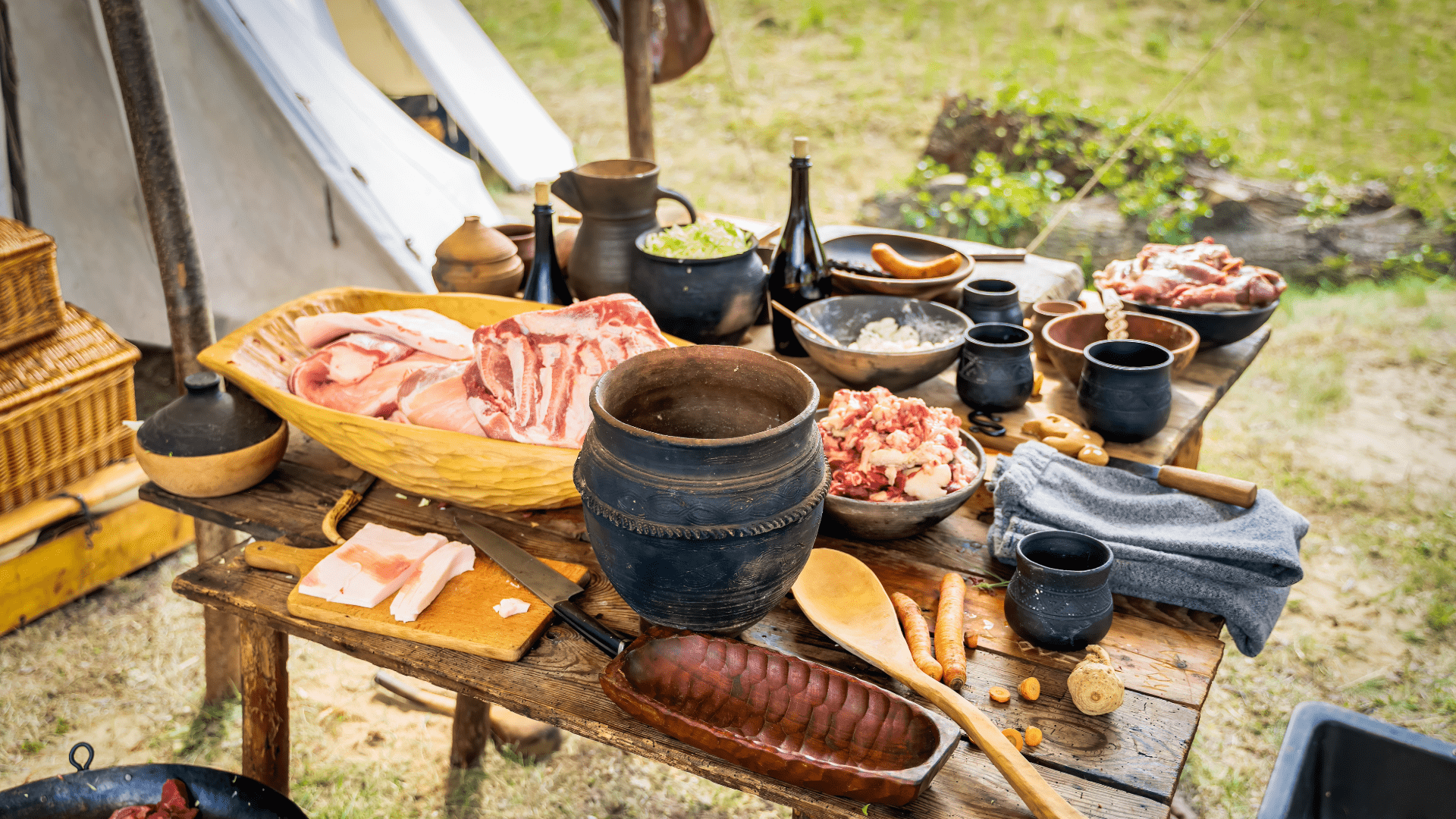
From communist era to milk bars
The most profound change to Polish eating habits, however, came in the tumultuous 20th century. The post-war communist era (PRL) and its state-controlled economy led to a more austere, utilitarian cuisine. While there were significant meat deficiencies during times of crisis, like the early 1980s, consumption of meat, especially pork, rebounded in earlier decades (1950s-70s). The
kotlet schabowy, breaded pork cutlet-became a Sunday dinner staple and a symbol of well-being and normalcy for many families during this time due to the accessibility of pork.
At the same time, state-run
bary mleczne, or "milk bars," were established to provide low-cost, traditional meals to the working class. Today, these no-frills, canteen-style eateries are cherished cultural relics, beloved for their authentic, home-style cooking and the sense of nostalgia they evoke. Modern chefs often reference this history, using dishes from the PRL era as a canvas for new and creative interpretations.
(For those who want to explore these classic tastes in more detail, we've prepared a comprehensive guide that dives deep into traditional dishes you can't miss. Just click
here.)

The renaissance of Polish products and seasonality
One of the most powerful currents in the modern Polish culinary scene is a heartfelt return to the land. This is the renaissance of Polish products, a powerful movement celebrating local, seasonal, and artisanal ingredients. For modern chefs, this isn't just a trend; it's a re-engagement with Poland's abundant natural pantry and a deep-seated respect for the rhythm of the seasons.
Poland's landscape offers a wealth of natural treasures. The national passion for
grzybobranie
(mushroom foraging) is so widespread that it has been dubbed a "national sport". Beyond the prized boletus and other forest fungi, the Polish larder is rich with wild game (dziczyzna), forest berries, root vegetables, and native herbs. This focus on seasonality in Polish cuisine means menus are constantly evolving, providing a true taste of the landscape in real-time.
Krakow's vibrant market culture is the beating heart of this movement. The legendary Rynek Kleparski, Kraków's oldest food market, is a bustling, sensory experience where farmers, foragers, and cheesemakers converge to sell their wares. It is here that modern chefs and home cooks alike source the freshest ingredients, including regional specialties like oscypek, a unique smoked sheep's cheese from the Tatra Mountains. In the hands of innovative chefs, these traditional ingredients are being reimagined and elevated. The simple oscypek is no longer just a grilled street snack, but it is now served in fine dining settings, lightly fried and paired with elegant fruit jam for an experience akin to a baked brie. This showcases how the new generation of chefs is using a traditional product as a canvas for new and exciting flavors.
Pioneers of the new Polish cuisine
The modern Polish cuisine movement is, at its core, a conversation between the past and the present. It's a creative fusion where the deep knowledge of Polish culinary tradition is married with innovative techniques and presentations drawn from across the globe. This approach has led to a culinary scene that is both deeply rooted and dynamically progressive.
Leading this charge is a new generation of visionary chefs who are pushing the boundaries of what Polish food can be. This includes Chef Przemysław Klima, a Krakow native who has been at the forefront of this revolution. He honed his craft in renowned international restaurants like
Noma
and
Kadeau in Copenhagen, and now he applies those French and Scandinavian techniques to the best of the Polish larder-mushrooms, berries, game, and freshwater fish-all with an unwavering focus on seasonality.
The ultimate validation of this culinary revolution came with the historic achievement of Klima's Krakow restaurant, Botigliera 1881. In 2023, his restaurant became the first in Poland to be awarded two Michelin stars, an honor reverberating across the country and the international food world. The Michelin Guide praises his cooking for its "sophistication, depth and a wonderful purity of flavour". This proves that when handled with world-class technique, Polish ingredients and traditions can achieve the highest echelons of fine dining.
Tradition reimagined
This creative fusion extends far beyond the fine-dining scene. Classic Polish dishes are being reinterpreted through a modern lens. Even the beloved
żurek
is now often served in an elegant, deconstructed form. Another interesting example comes from a vegan restaurant in Pittsburgh, Apteka, which was inspired by Polish chefs. They serve a vegan version of the kotlet schabowy made from celeriac, which is rooted in pre-war Jewish cookbooks, adding a fascinating historical and cultural depth to a modern creation.
This new approach is also about reclaiming and elevating traditional techniques that were once just about survival. For centuries, fermentation was a crucial method for food preservation, creating the sour base for iconic dishes like żurek and the tangy flavor of bigos. Today, chefs like Alexander Baron, who has a restaurant in Krakow's Kazimierz district (Kapłony i Szczeżuje à la carte), have taken this age-old technique and transformed it into a sophisticated tool for flavor creation. He is known for experimenting with a wide range of fermented products, from traditional pickled vegetables to long-fermented beetroots. The success of chefs like Klima and Baron demonstrates that a deep understanding of history can be a powerful engine for innovation.
Did you know?
The bagel, a beloved breakfast staple around the world, has its roots right here in Krakow. It was first created in the Jewish communities of the city in the 17th century as a tribute to King Jan III Sobieski after his famous victory at the Battle of Vienna. The king was a passionate horseback rider, so the bread was shaped like a stirrup ("beugel" in German), and the tradition stuck.
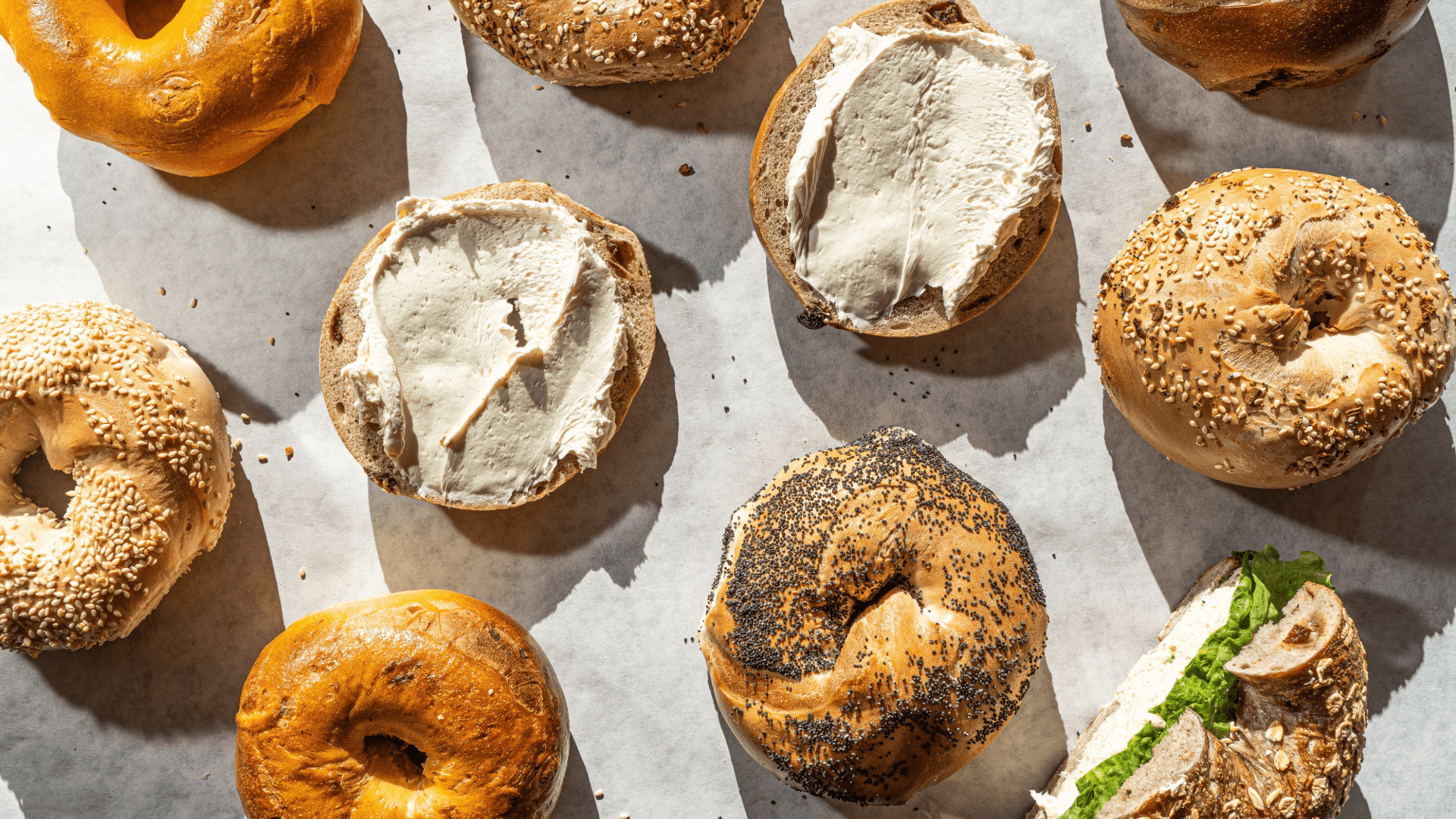
An ode to the Polish bakery
The new wave of Polish cuisine isn't just happening in restaurants. It's also flourishing in artisan bakeries and cafes, which are experiencing their quiet renaissance. This is a return to a pre-war artisanal food culture that was largely lost during the communist era.
For many years, bakeries offered mass-produced bread and simple pastries. Today, places like
Zaczyn
are bringing back old-world techniques, using a long, 25-hour fermentation process and grinding their flour on-site to create fantastic sourdough bread. Other notable craft bakeries like
Piec Piekarnia and
Breaking Bread are celebrated for their quality breads, pastries, and a deep respect for natural products and craftsmanship. This new movement shows that the Polish approach to food is shifting from utility to artistry, celebrating quality ingredients and time-honored methods.
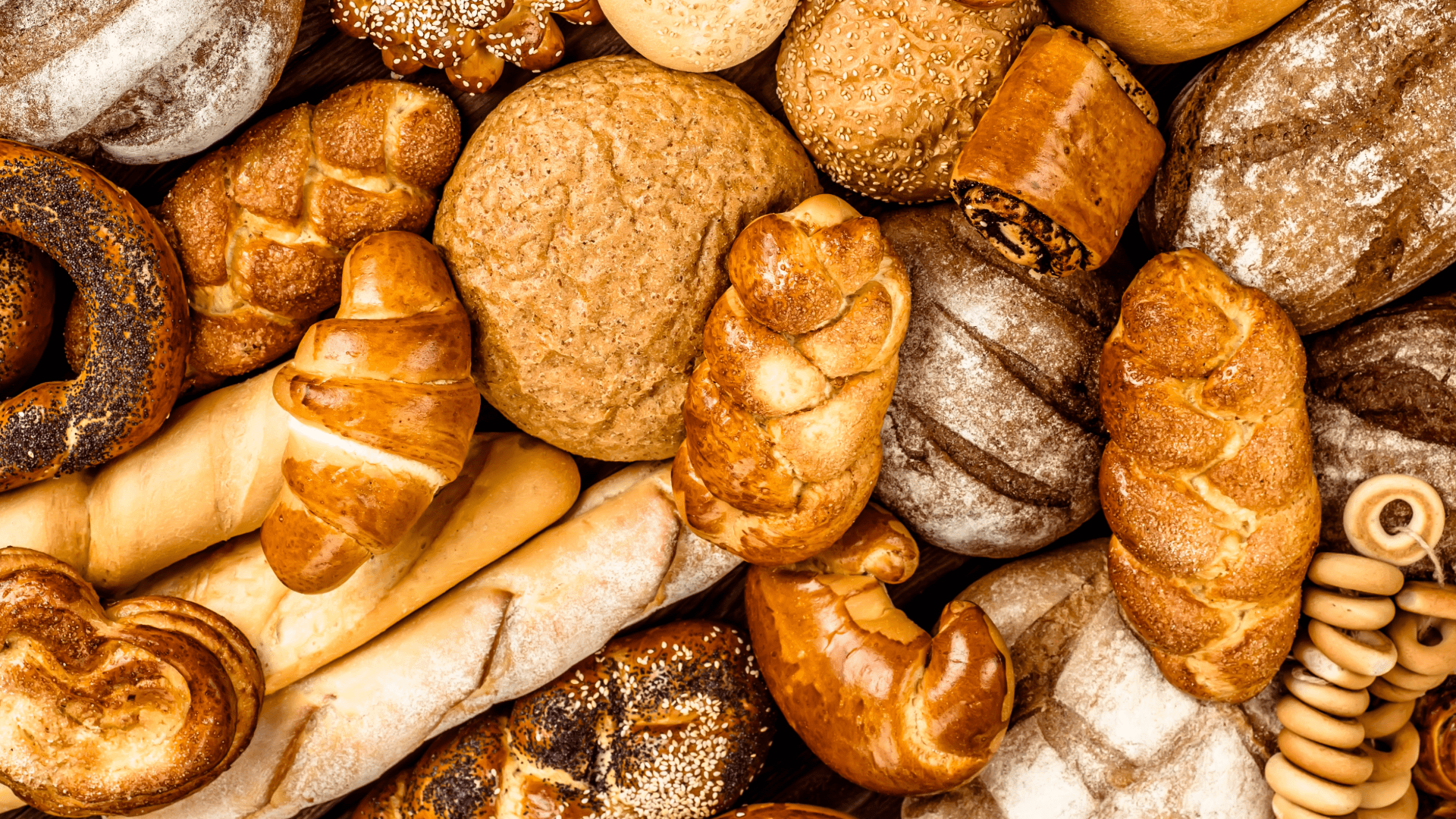
A culinary map of Krakow: Where to taste the revolution
For travelers and food lovers, there has never been a better time to visit Krakow. The city's culinary landscape is an exciting mosaic of tradition and innovation, offering something for every palate and budget. From Michelin-starred dining rooms to bustling local markets, here is your practical guide to experiencing Krakow's delicious revolution.
The vanguard of fine dining
- Botigliera 1881: A visit to this restaurant is a pilgrimage for serious foodies. As Poland's first establishment to be awarded two Michelin stars, it offers an unforgettable culinary journey. Be sure to book ahead to secure a spot for their tasting menus, the "Introduction" or the "Full Experience," which showcase the best of modern Polish cuisine.
- Filipa 18: Located in the heart of the city, this restaurant exemplifies the modern ethos by crafting a menu inspired by the local products from the nearby Rynek Kleparski. It is an excellent place to experience the farm-to-table movement in a refined setting.
- Kogel Mogel: Located in a historic building, this Michelin-recommended restaurant offers a sophisticated take on traditional dishes, often with unexpected reinterpretations of Galician recipes. It provides an elegant dining experience, frequently accompanied by live piano music.
- Kapłony i Szczeżuje À La Carte: Nestled in Kraków's Kazimierz district at Izaaka 7, this restaurant (led by Agnieszka Kraszewska and Aleksander Baron) reimagines Polish culinary heritage with a focus on traditional Polish and Polish-Jewish cuisine in an elegant setting. Expect inventive interpretations of staropolskie dishes, a cozy ambiance rich in both modern design and nostalgic notes, and the added charm of live music.
The comfort revolution
- Milkbar Tomasza: This is the modern, friendly face of the traditional bar mleczny. It offers the same traditional, home-style Polish dishes at affordable prices, but in a clean, stylish, and tourist-friendly environment. It's a perfect entry point into this unique part of Polish food culture.
- Mr. Vincent: Widely considered one of the best places for pierogi in Krakow, Mr. Vincent prides itself on serving both authentic, "like Babcia's" flavors, as well as more daring and modern fillings such as duck or spinach.
Street food icons
- Plac Nowy: For the ultimate street food experience, head to the heart of Kazimierz. The central building, called "Okrąglak," is home to numerous stands serving the famous zapiekanka-a toasted baguette with mushrooms, cheese, and various toppings. It's a quintessential Krakow experience and the city's iconic late-night snack.
- Rynek Kleparski: Krakow's oldest market is a fantastic place to sample local delicacies. Here, you can find vendors selling the famous grilled oscypek with jam, a regional delicacy that showcases the simplicity and richness of Polish products.
- Obwarzanek Krakowski: This certified local delicacy is a bagel-like baked good available from vendors on nearly every street corner. It is a perfect, affordable, and authentic snack that is uniquely Krakowian.
Artisan bakeries and cafes
- Zaczyn: This bakery is a must-visit for lovers of great bread. It is famous for its fantastic sourdough, which is made from flours ground on-site using a long, 25-hour fermentation process-a nod to the traditional techniques that are at the heart of the modern movement.
- Piec Piekarnia and Breaking Bread: These artisan bakeries are part of the new wave, offering a range of craft sourdough breads, pastries, and other baked goods that are a world away from mass-produced products.
- Karma Coffee and Urban Coffee: These specialty cafes are at the forefront of Krakow's coffee culture. They serve expertly brewed coffee, often from locally roasted beans, and their menus include modern options such as vegan and gluten-free pastries, as well as light meals.
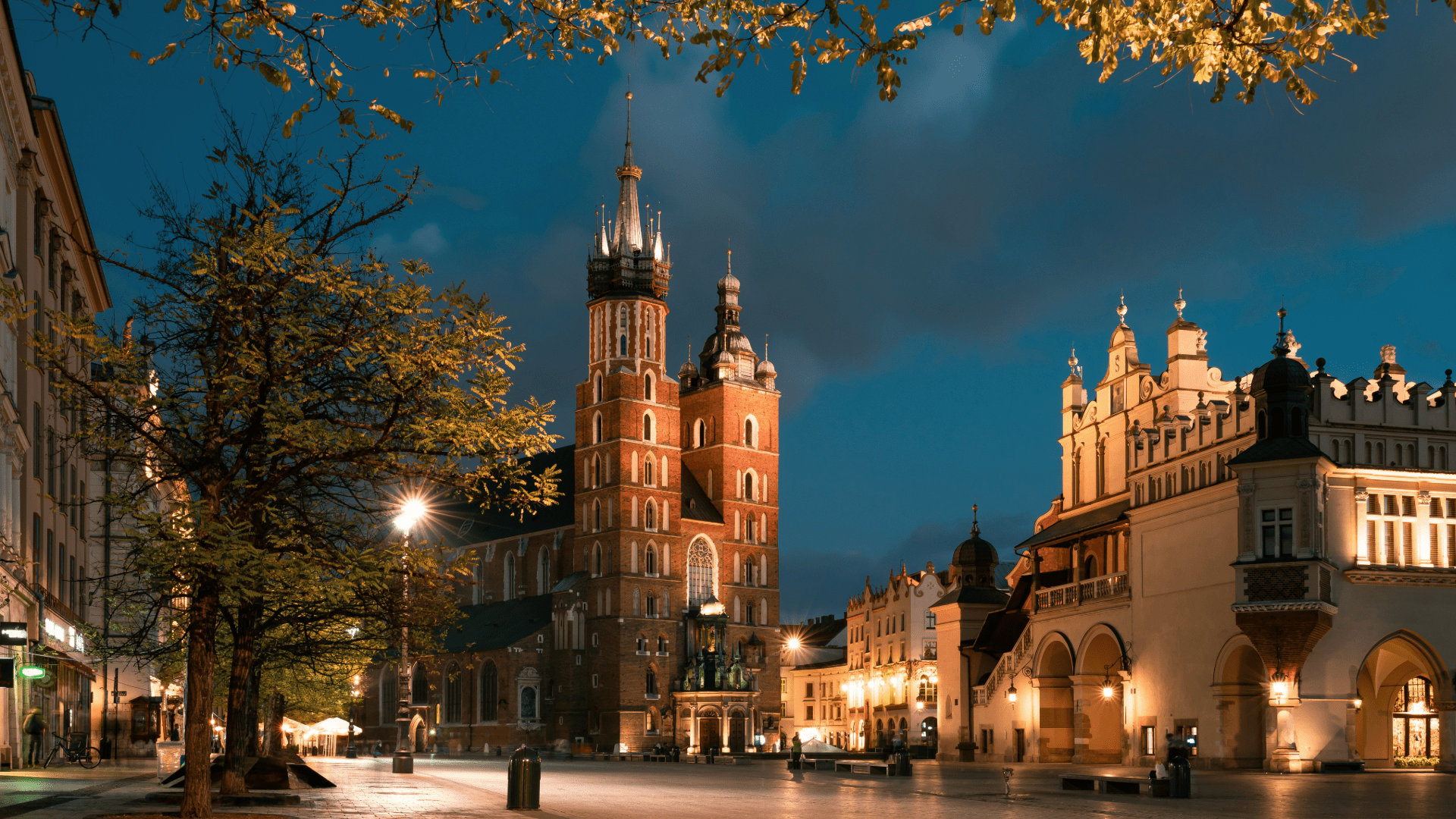
An invitation to savor
The story of modern Polish cuisine is one of resilience, cultural fusion, and a proud return to its roots. It is a cuisine that honors its past while boldly innovating for the future. From the Michelin-starred tasting menus to the simple pleasure of a grilled oscypek on a street corner, every dish tells a story of a country that is confidently embracing its culinary identity. We invite you to move beyond the well-known sights of Krakow and embark on your own culinary adventure. Seek out the local markets, try both the traditional and modern restaurants, and engage with the rich narrative behind every dish you taste.
To truly deepen your culinary adventure and get a local's perspective, consider joining one of our expertly curated tours that will help you explore the vibrant flavors of Krakow.
